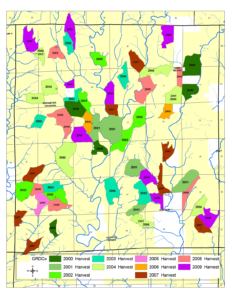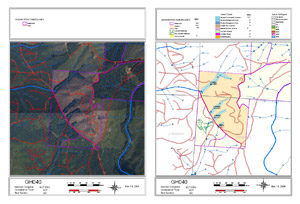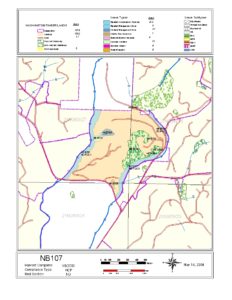Forestry is a long-term business, taking as much as 40 to 60 years to complete a harvest and replanting, or forest management cycle. Planning is an essential part of maintaining a sustainable forestry operation, and sustaining the business. It is important to consider and plan for all aspects of forest management activities and environmental considerations during this long-term cycle. Private forest landowners started managing forests before Washington became a state in 1889. Stewardship, planning and investment are keys to this longevity. While each landowner tailors their planning process to their own set of needs and circumstances, listed below are some of the more common steps landowners take during the forest management cycle.
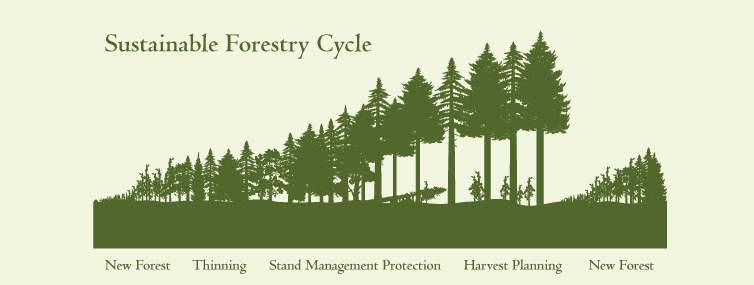
The average rate of harvest for all the state’s commercial forestland is 1.1% which means for every acre harvested, there are nearly 99 acres of new forest growing.
Forest Management Cycle
A continuous series of activities to ensure that working forests balances the economics we need with the social and environmental values we desire.

Planning for potential harvest of a stand starts five years or more in advance of a scheduled harvest.
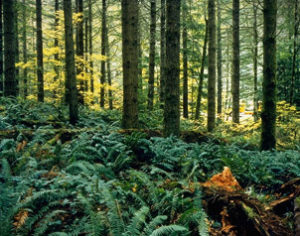
Private forest landowners must take into account several considerations when identifying individual forest units to harvest.
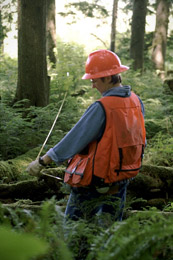
Forester measuring riparian buffer to ensure appropriate width.

Wildlife reserve trees are identified and marked to make sure they are left after harvest.
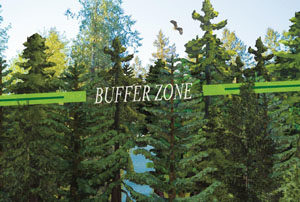
Private forest landowners ensure appropriate buffer widths are maintained between forest streams and harvest areas.

A timber harvest operation in Western WA—one of the prime growing regions for softwood lumber in the world.

Landowners must consider natural threats to forests, such as forest health, wildfire, wind, insects, rain, snow and ice. This picture shows insect damage (red trees) on a landscape. Dead and dying trees can increase the intensity of wildfires, putting healthy trees at risk both from disease and catastrophic wildfire.
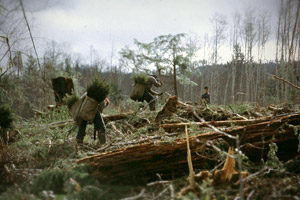
Private forest landowners’ goal is to replant as quickly as possible after harvest, typically planting three trees for every one tree harvested.
